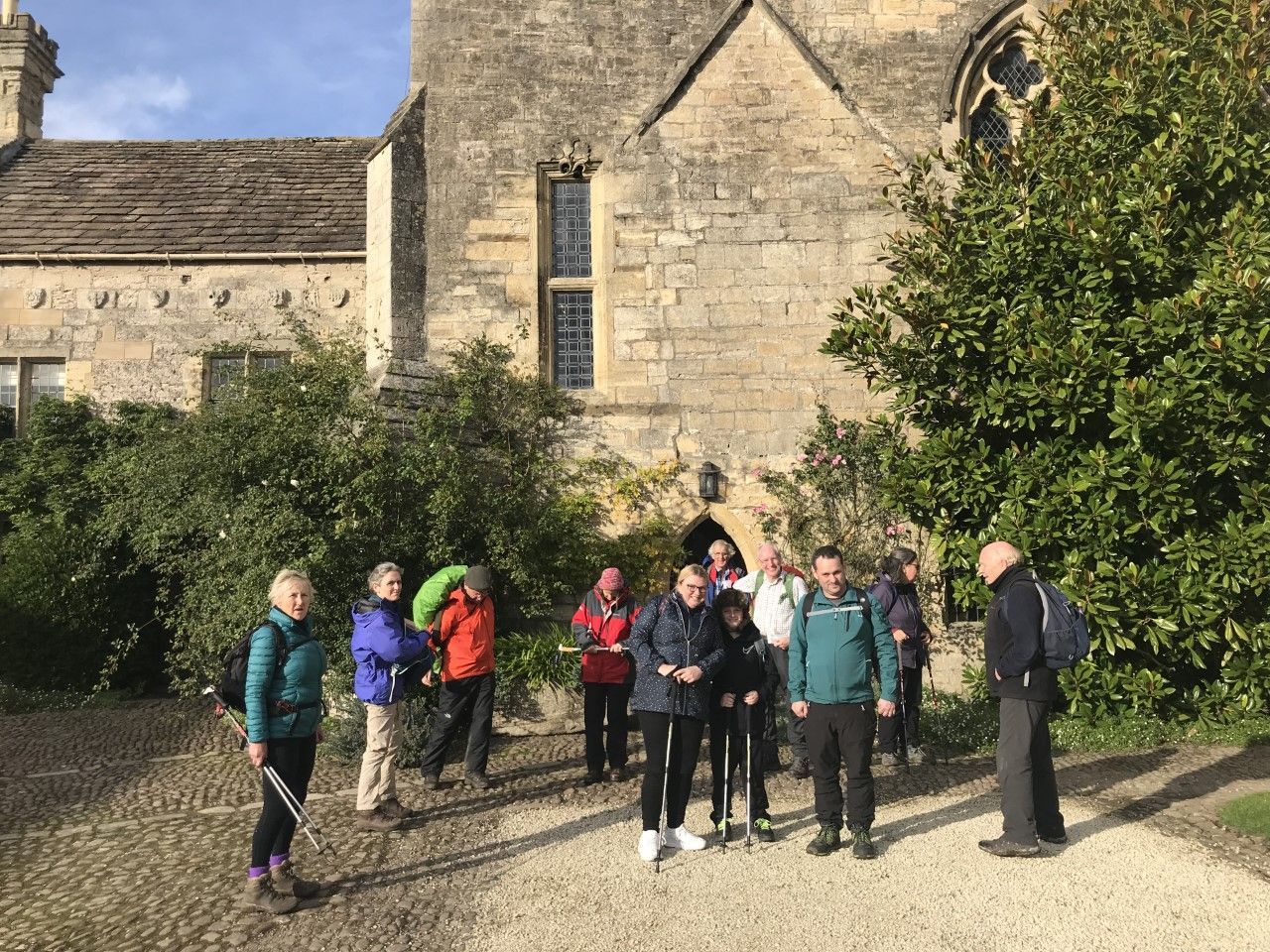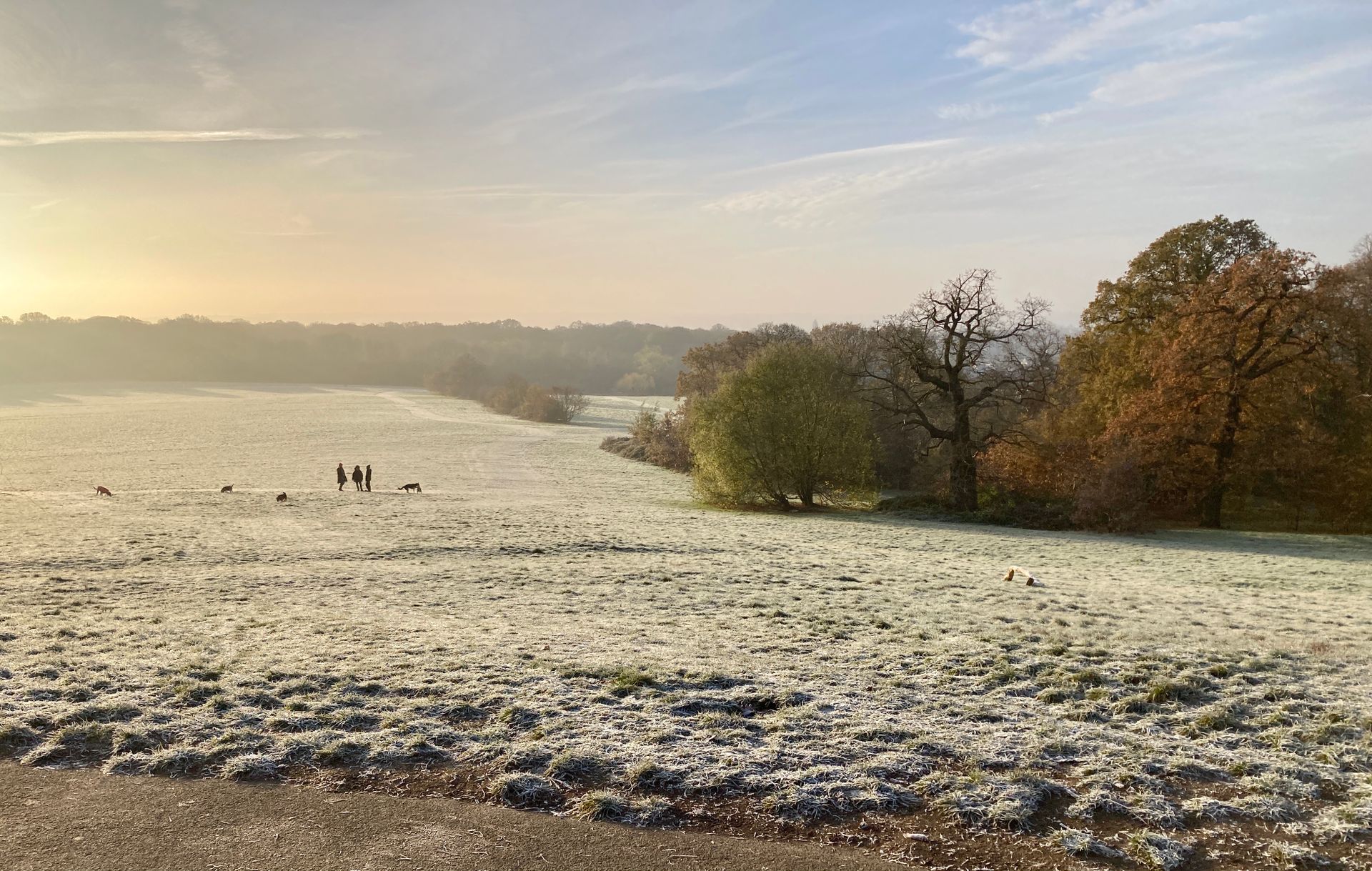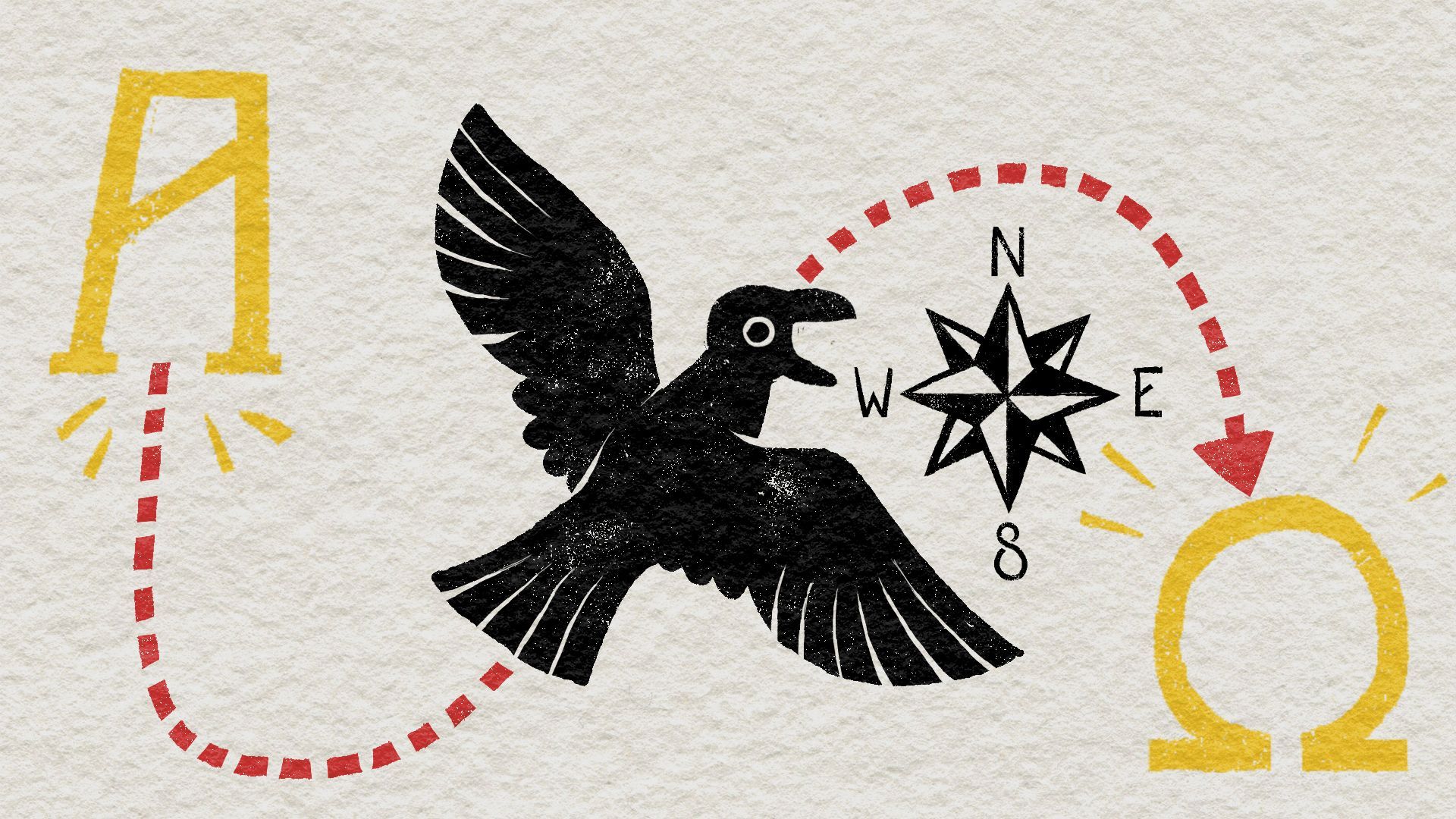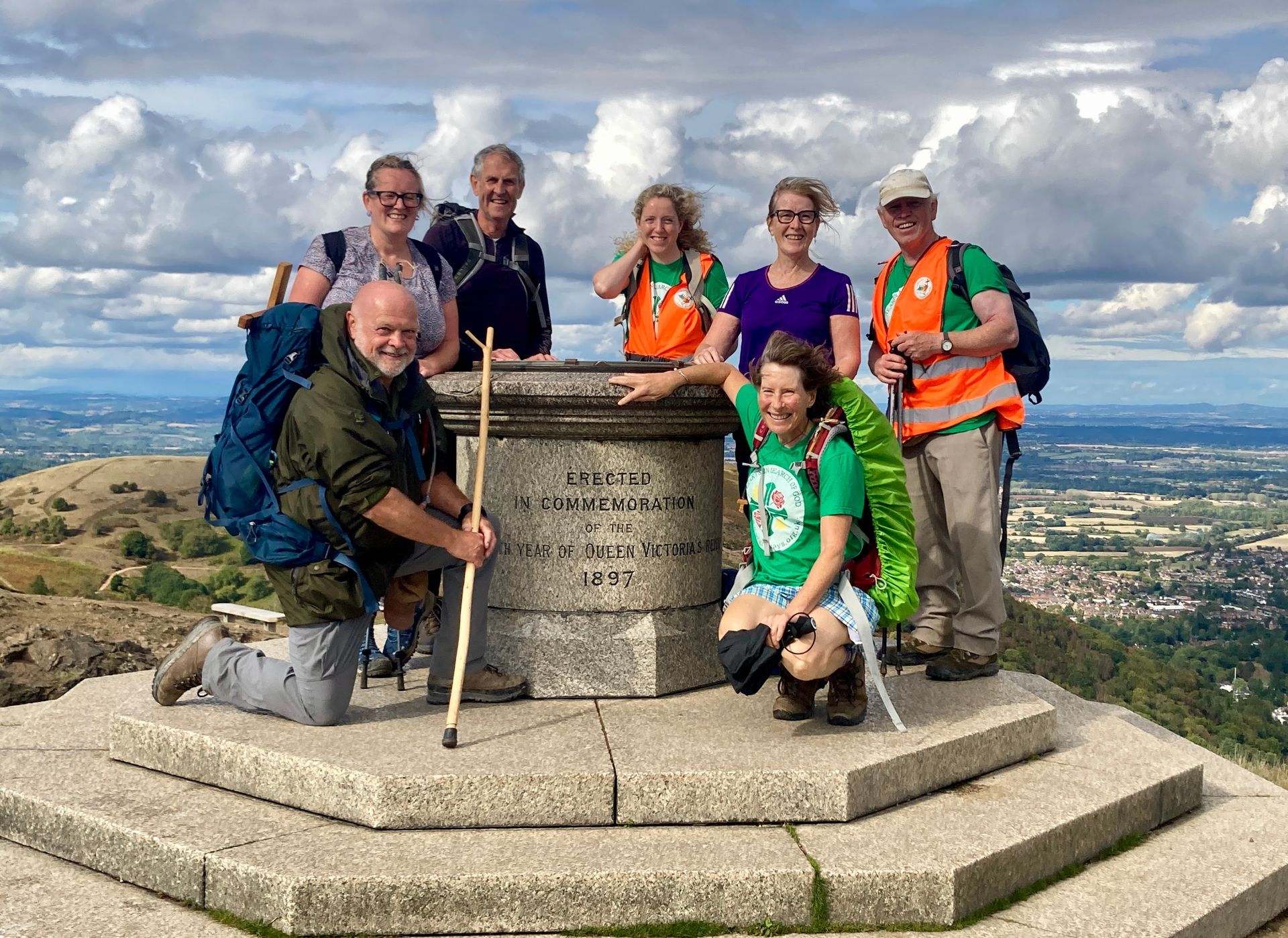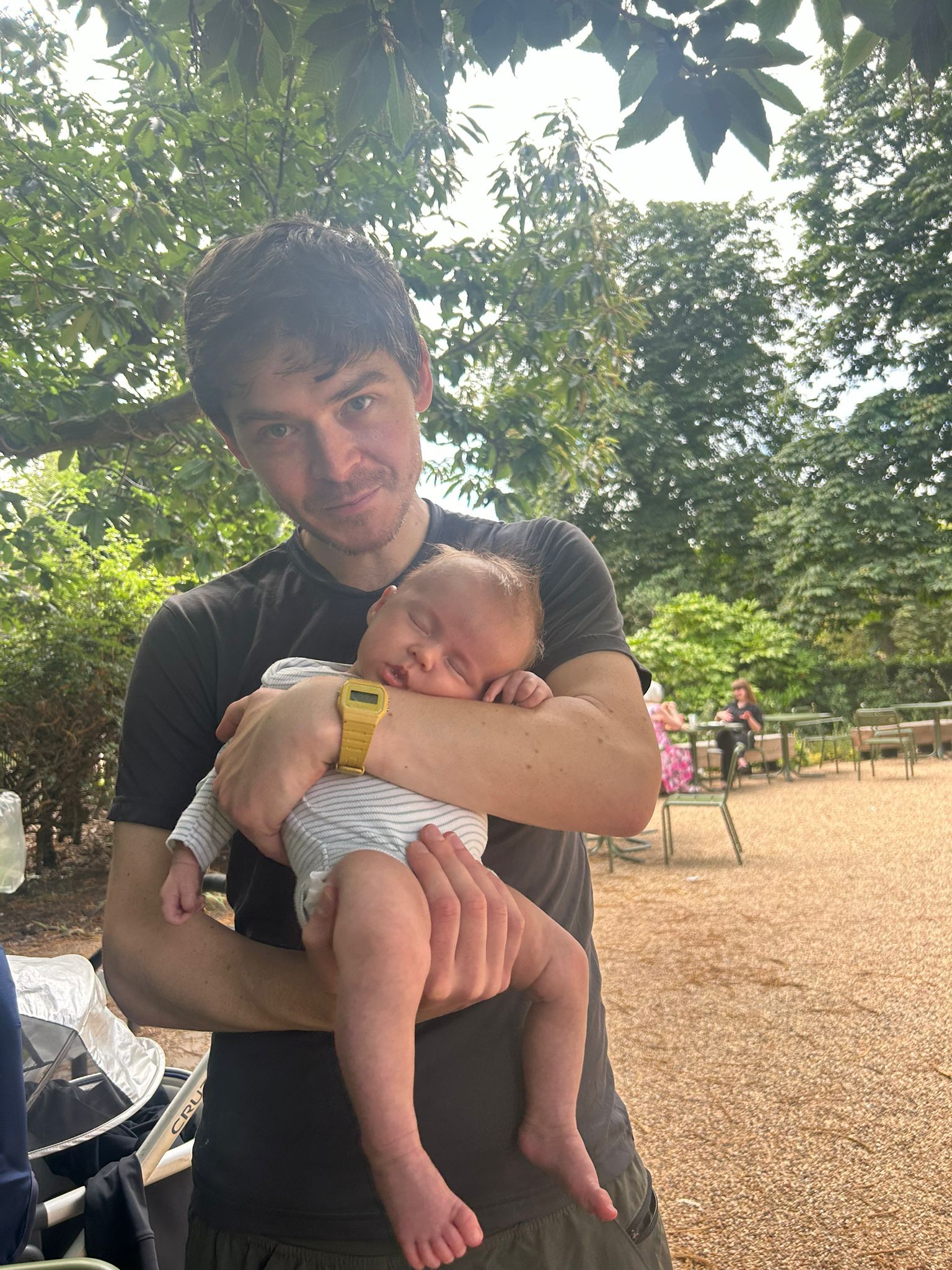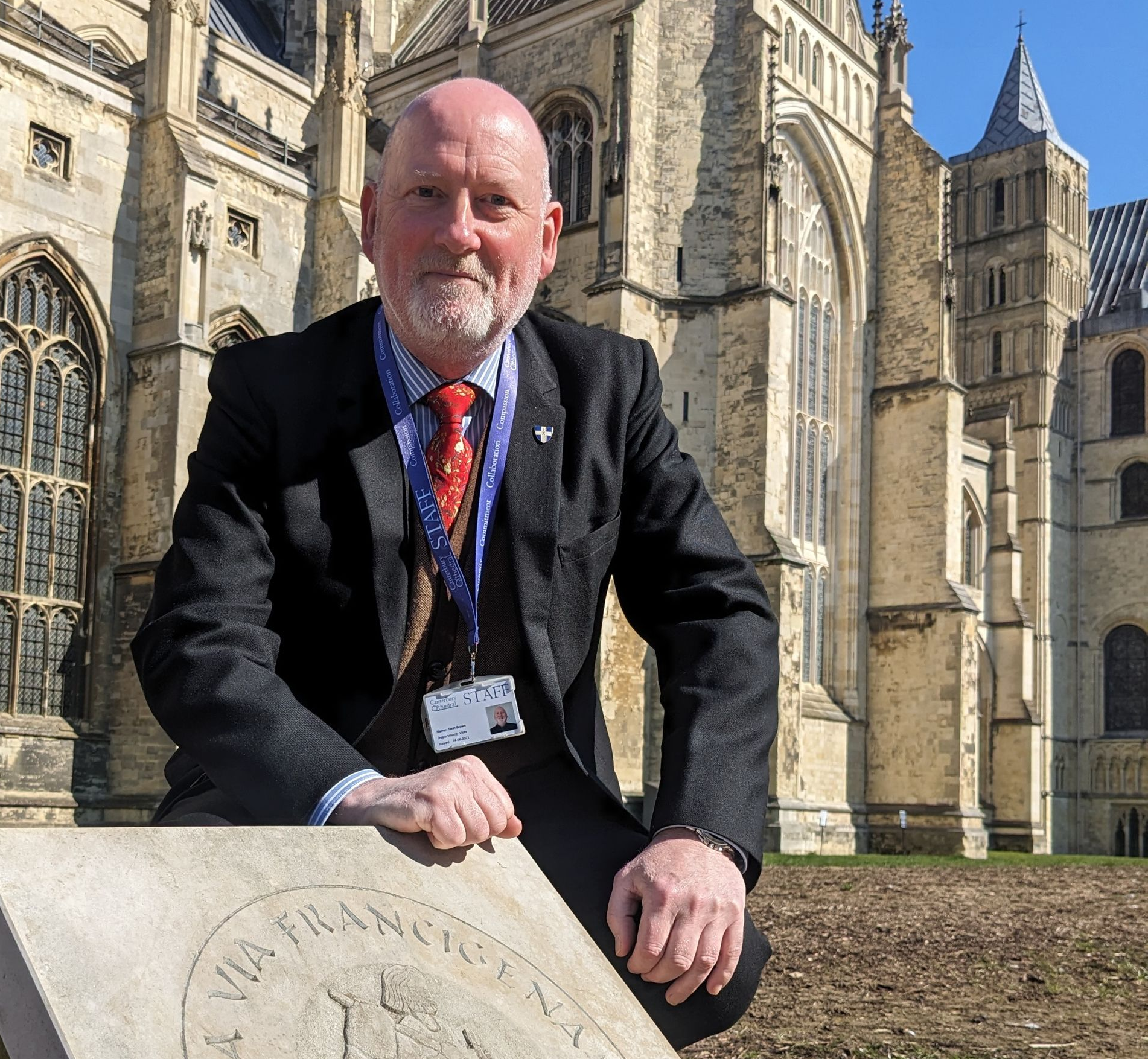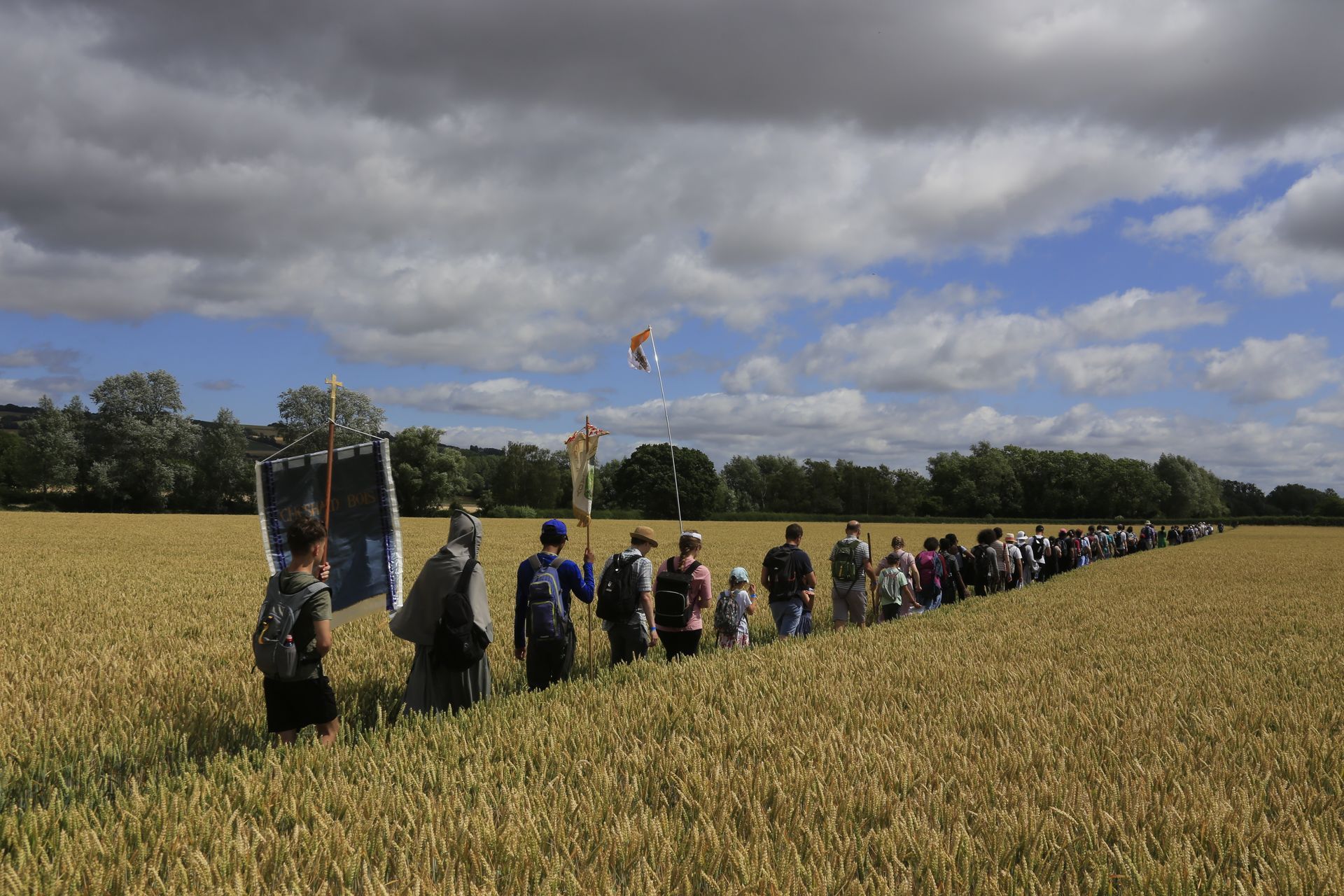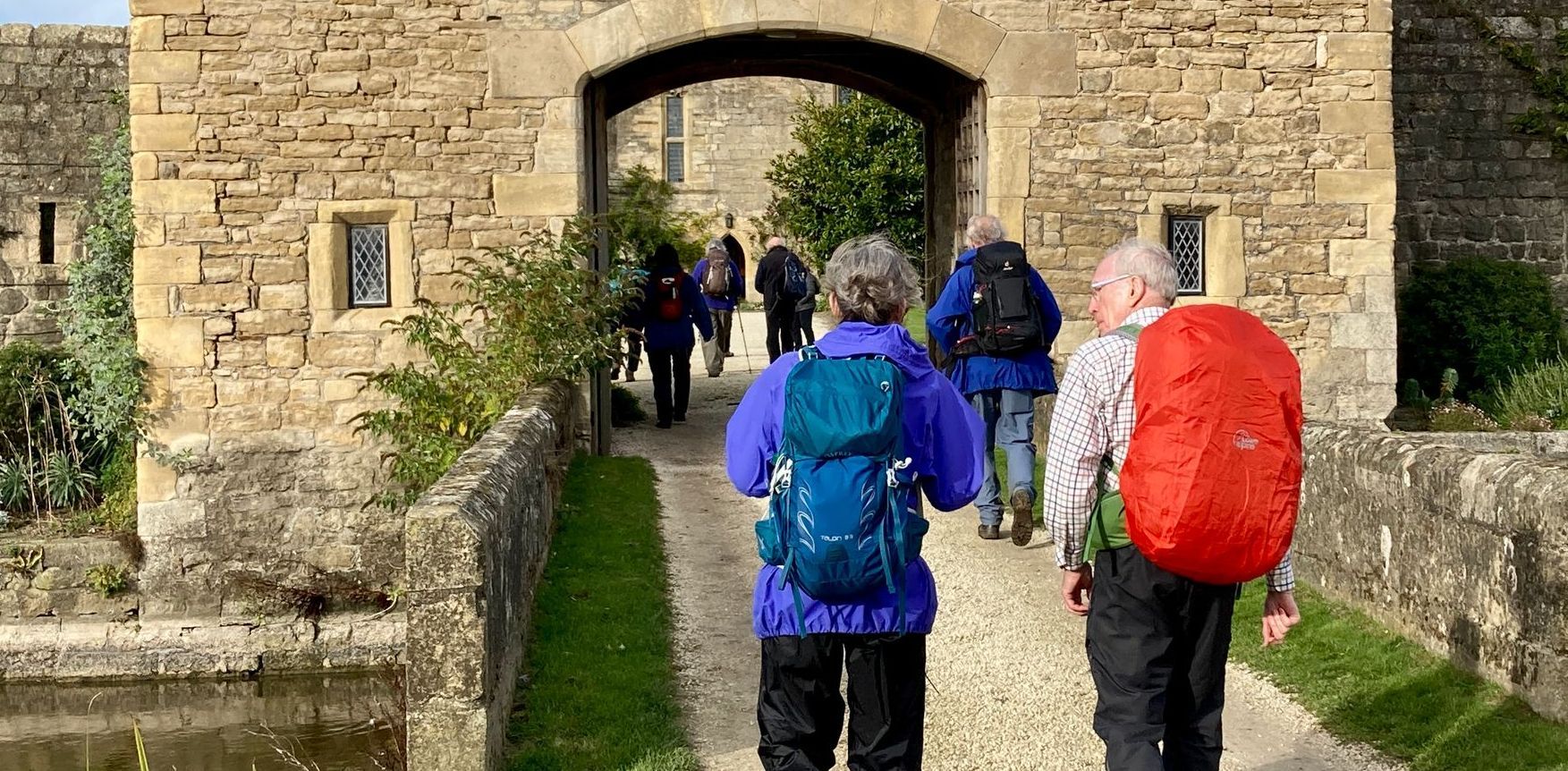Another Day in Paradise- the magic of the Camino
Pilgrim and writer Eddie Gilmore reflects on his recent journey with his wife along the Camino to Finistere.
I can’t think there are many places in the world with scenery so varied and so stunning; with the opportunity to share stories and meals, and to laugh, cry and sing with people from all over the world; where twenty-year-olds are happy to hang out with men and women thrice their age; and where we willingly walk an average of twenty-five kilometres a day for thirty-three days straight, all the while carrying a rucksack. Not to mention spending the night in a dormitory full of bunk beds, or perhaps on the floor of a big room with slanted walls and creaking floorboards, and to think it’s the greatest and most fun adventure we ever had.
Indeed I’m not sure there is any experience that comes anywhere close to walking the Camino. One of my fellow-pilgrims on my second stretch on the Camino in 2016 was Hollyanne from the States and as she says in my book ‘Another Day in Paradise,’ “I am incapable of believing there is another cultural experience that can satiate in the same way my perennial desire for travel and human connection.”
It’s hard to pick highlights from my 2024 walk because there are so many but I’ll compile a short list and group them roughly in the category of eating and singing, both of which activities I enjoyed immensely on the Camino:
1. Tosantos. The sleeping on the floor mentioned above was at a ‘donativo’ albergue, about ten days into the walk, by which time some of us knew each other pretty well. In addition to a bed for the night in a donativo, you get a communal meal (that you’ve helped to cook!), plus breakfast in the morning. And you leave a little donation. They are usually in lovely, quirky old buildings and there is often a lovely chapel with a time of prayer or sharing in the evening. The chapel in the albergue of St Francis in Tosantos is especially beautiful and we had there a most touching night prayer. And then the large group of us of all nationalities and ages bedded down on the floor but nobody wanted to go to sleep because it was like the most fun sleep over ever!
2. The donativo albergue in Bercianos. Like at Tosantos, there was a banquet of a meal, plus communal sunset gazing, then a gathering in the chapel during which each person was invited to say what had brought them on the Camino. A group of us also sang some Taizé chants and right at the end I was asked to sing the song I’d written after my first time walking on the Camino in 2015, ‘El Camino.’
3. The singing nuns albergue in Carrión de los Condes. I’d had a special time there in 2016 and I was keen to return. I wasn’t disappointed. There were more Taizé chants, I sang ‘El Camino,’ as well as telling briefly the story of how the song had been inspired, and I led a communal cooking session in the kitchen, after which there followed another feast.
4. Arrival into Santiago. Even though this didn’t involve eating or singing it was possibly one of the most incredible experiences of my life. It was our third time to be arriving in the famous Praza do Obradoiro in front of the cathedral where, for centuries, pilgrims have ended their journeys. The first time, in 2017, it was a complete anti-climax. Yim Soon and I had left our albergue early in the morning and in the dark to reach Santiago for the noon mass and on the way into the city had made a fruitless search for accommodation. I got to the square tired, hungry and stressed. In 2023 we were there again following our Portuguese Coastal Camino. We gave each other a hug and it was quite nice although as we’d done a less popular route we didn’t know so many people. Our 2024 arrival was on another level. We’d had a big breakfast and a leisurely departure from O Pedrouzo for the final 19 km, and we’d stopped on the way for café con leche and a big slice of Santiago cake. Once into the city, we made straight for the cathedral and passed the famous bagpiper. We turned the corner into the vast square and there was a huge cheer. Lots of our Camino gang were already there in the centre of the square and they formed a guard of honour for us. We passed through, I flung off my rucksack, and, with tears streaming down my face, I hugged each of those lovely people that we’d shared our lives with for nearly five weeks.
Just in case anyone reading this gets the impression that the Camino is one big pain-free party, I should point out that walking long distances day after day with that bag on your back, and then perhaps finding yourself in a dormitory with the world’s loudest snorer, can be tough. Some people had blisters that covered almost the whole of their foot. One of our fellow pilgrims, Michael, with whom we had sung and shared a feast of a shared meal, died of a heart attack on the steep ascent to the O Cebreiro peak. Our dear Taiwanese friend, I Hua had saved up two years’ of holiday to fulfil a long-standing dream of walking the Camino; then was hobbling along slowly much of the time due to sore feet. But whenever she saw us she broke into a big smile. And when we bumped into her again right at the end ‘by chance’ at Finisterre (the end of the earth) she said simply, “Amazing, very amazing!”
Yes, the Camino has its ups and downs, geographically as well as emotionally, just like life in general, and sometimes spectacularly so. And yet, there is such pure joy that I felt at times that my heart could burst with happiness. There is playfulness and laughter. There are songs and stories. And there is a satisfying simplicity to each day. You get up in the morning and scrunch your sleeping bag back into its holder, you pack your world into your rucksack, and you follow those yellow arrows to the next place along the way; with nothing to worry about except where the next café con leche is coming from. Well, perhaps also if there’s going to be a bed for you at the end of the day! It’s surprising to discover how little we need to live a contented life. When one of my three walking tops vanished into the black hole which was the Burgos launderette I was annoyed for a bit but then found that, with extra washing, I could cope fine with just the two. Likewise, when I unwittingly gifted one of my three pairs of thick outer socks to the English albergue in Rabanal! And when one of our two travelling towels went walkies, we just had to share the other! Plus it was less weight to carry!
I’ll conclude with one more highlight, and this is back on the theme of eating and singing!
5. Nájera. This is about a week into the Camino Francés and I especially wanted to stay in the communal albergue because of what had happened there nine years before and I especially wanted to cook a meal for some of the wonderful people that Yim Soon and I had been walking with. After our feast of a meal I picked up a guitar and before singing ‘El Camino’ I told the story of what had happened in 2015. I had been there with my friend James, who had brought with him from his home in Australia a stove and a billy can. I had brought from England a packet of tea! We were sitting in the early morning on a bench outside that albergue waiting for the water in the billy to boil for our tea. The sun was just starting to rise above the tall trees, the birds were beginning to sing, and there was the pleasing sound of rushing water from the nearby river. We were sitting there in silence and then James said the words which inspired both a song and the title of a book and which I often repeated to the amazing people that we shared our lives with for thirty-three truly unforgettable days along a path in Spain in the Autumn of 2024: “Another Day in Paradise.”
Eddie Gilmore
More about Eddie's books can be found here.
